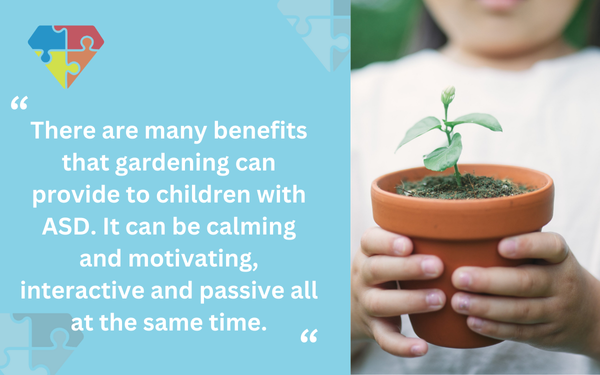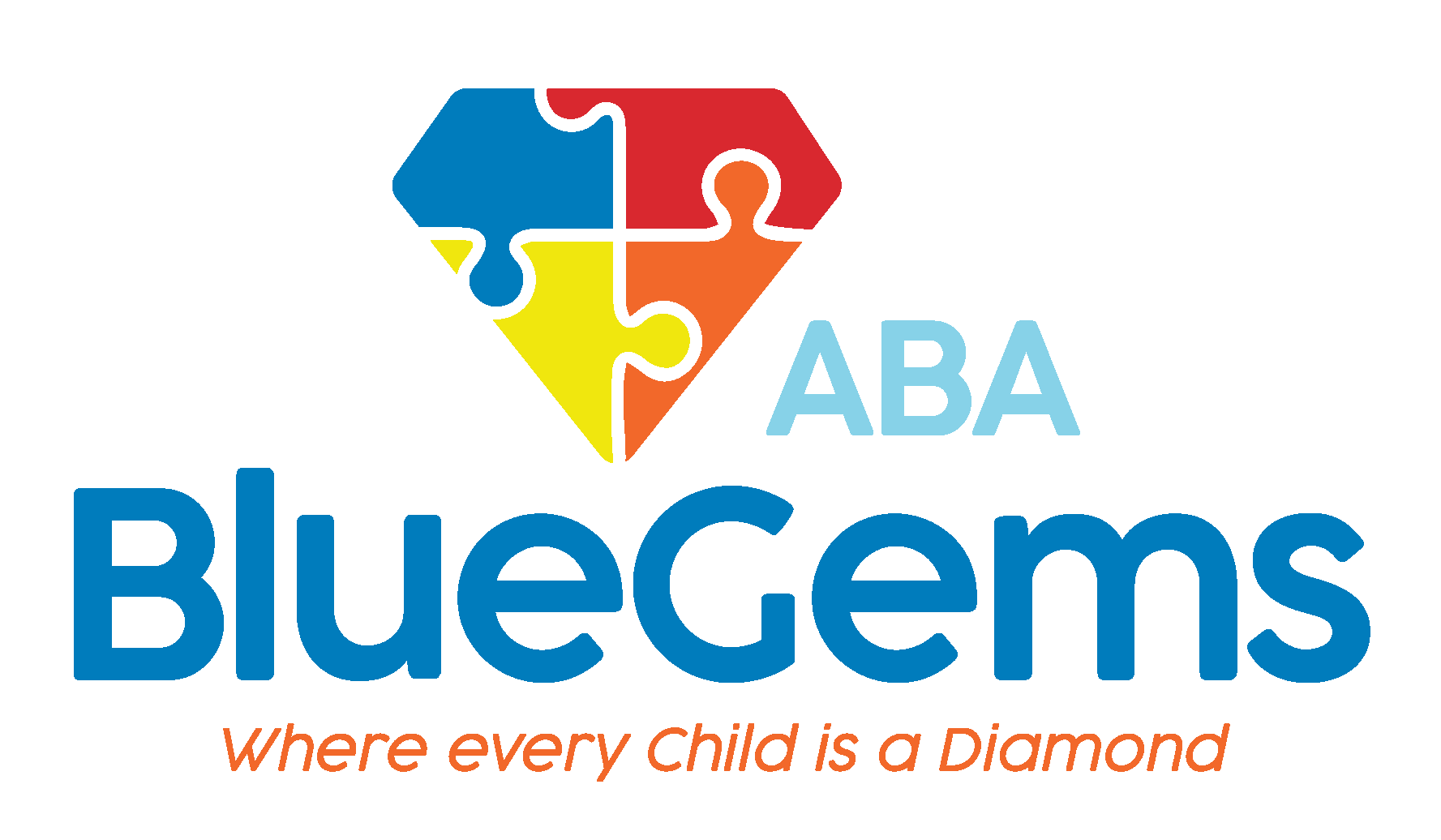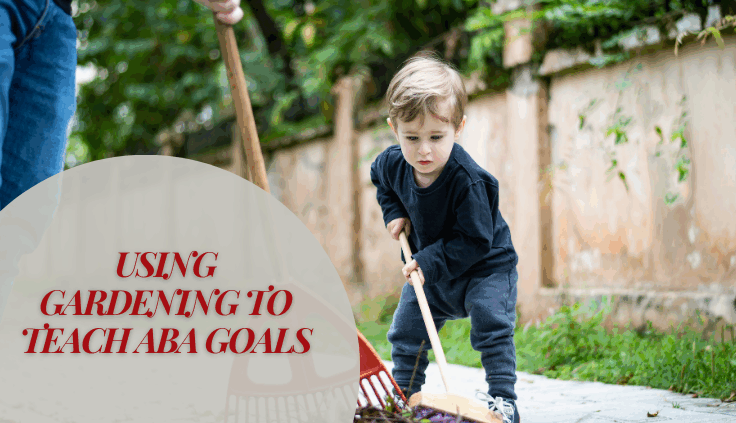Using Gardening to Teach ABA Goals
Gardening is a favorite activity of people all around the world. It’s a great way to get outside, work with your hands and personalize your space in a way that appeals to your preferences.
For children with autism spectrum disorder (ASD), gardening can also be a sensory-rich environment through which much learning can occur. Depending on a child’s individual preferences, strengths and challenges, gardening is an activity that can be incorporated into applied behavior analysis, or ABA therapy, to teach communication and social interaction, how to follow directions and cause-and-effect.
It can also provide children with autism with positive sensory experiences, help them develop motor skills, and lead to cognitive, social and emotional growth.
In this article, we’ll discuss using gardening to teach ABA goals.
Table Of Contents
- Gardening is a therapeutic, engaging way to teach children with ASD.
- It supports ABA goals like communication, motor skills, social interaction, and emotional regulation.
- ABA therapists can break down tasks and use reinforcement to build skills through gardening.
- Gardening encourages self-expression, patience, and choice-making.
- It can also be used to teach STEM and academic readiness in a natural environment.
Why Can Gardening Be Beneficial to Children with ASD?
There are many benefits that gardening can provide to children with ASD. It can be calming and motivating, interactive and passive all at the same time.

Since it’s done outside most of the time, gardening is a great way that ABA therapists can use the principles of Natural Environment Teaching (NET) to either teach patients new skills or help them generalize the skills that they’ve learned before to new contexts.
Since gardening is calming, it can help reduce stress and anxiety, which then allows for a more effective learning environment for children. It’s also very therapeutic, especially for children who get overwhelmed easily.
The many activities that are involved in gardening help children on the autism spectrum develop gross and fine motor skills, through using tools to dig, water and plant living things.
It also provides children with a sensory-rich environment, allowing them to engage with different smells, colors, sounds and textures. This can be both pleasant and calming to children while being stimulating at the same time.
In addition to all of this, gardening is a great way to teach children about different academic concepts, such as the ecosystem, the life cycles of plants and other STEM principles.
| Benefits of Gardening for Children with ASD | ABA Goals Supported |
|---|---|
| Calming and reduces anxiety | Improves attention and learning environment |
| Sensory-rich experiences (smells, colors, textures) | Enhances communication and expression |
| Develops motor skills (digging, planting, watering) | Builds fine and gross motor skills |
| Encourages choice-making | Promotes independence and self-expression |
| Teaches STEM concepts (life cycles, ecosystems) | Supports academic readiness |
| Encourages teamwork | Improves social interaction and collaboration |
How Can Gardening Teach ABA Goals?
Gardening can be both an instructor-led and child-led activity. At first, the instructor (or ABA therapist) can be the one teaching the child about the different aspects of gardening, introducing them to the things that need to be done.
In this way, therapists can teach children with ASD to follow directions, wait their turn, be patient and communicate their needs and preferences.
ABA therapists can break down complicated tasks such as planting flowers into smaller, more manageable steps so that children with autism can understand them more completely.
Each step is taught individually, using prompts and positive reinforcement, until that step is mastered before moving onto the next one. Then, those individual steps can be chained together to teach the entire skill.
One of the best aspects of gardening for children with ASD is that it can promote choice and allow them to express themselves. Therapists can allow children to choose which color flowers they want to plant, for example, or make other choices such as where to place the flowers in the ground.
In this way, it’s a wonderful activity for encouraging children to express what they like and don’t like, while also allowing them to lead the activity.
Gardening can also foster collaboration, as teamwork is needed to complete some of the necessary tasks. It can be used in ABA therapy on a one-to-one basis at first — between the therapist and child — and then also include other children who get ABA therapy.
As such, gardening can be an activity that serves as a building block toward formal schooling, if that is one of the child’s ABA therapy goals.
Blue Gems ABA Teaches Real-World Skills
An important aspect of ABA therapy is teaching children with ASD practical skills they can use to live as independently as possible. Gardening is an activity that can help to promote some of these skills, in a variety of ways.
At Blue Gems ABA, we use our patients’ natural environments to teach them the skills they need to improve communication and social interaction. All of our ABA therapy treatment plans are catered specifically to each child’s unique strengths, challenges and preferences, which makes them more effective in the long-term.
To learn more, please contact us today.
Q: Can gardening be used for all children with ASD?
A: Gardening can be adapted to suit a wide range of abilities and sensory preferences. ABA therapists can tailor the activity to each child’s needs.
Q: How does gardening support ABA goals?
A: It incorporates skill-building in areas like communication, motor planning, following instructions, emotional regulation, and teamwork.
Q: Do you need a full garden to implement this?
A: Not at all! Even small container gardening or indoor plant care can be effective and beneficial.
Q: Is this appropriate for group ABA sessions?
A: Yes, gardening can encourage social interaction and collaboration among peers, making it suitable for both individual and group settings.




